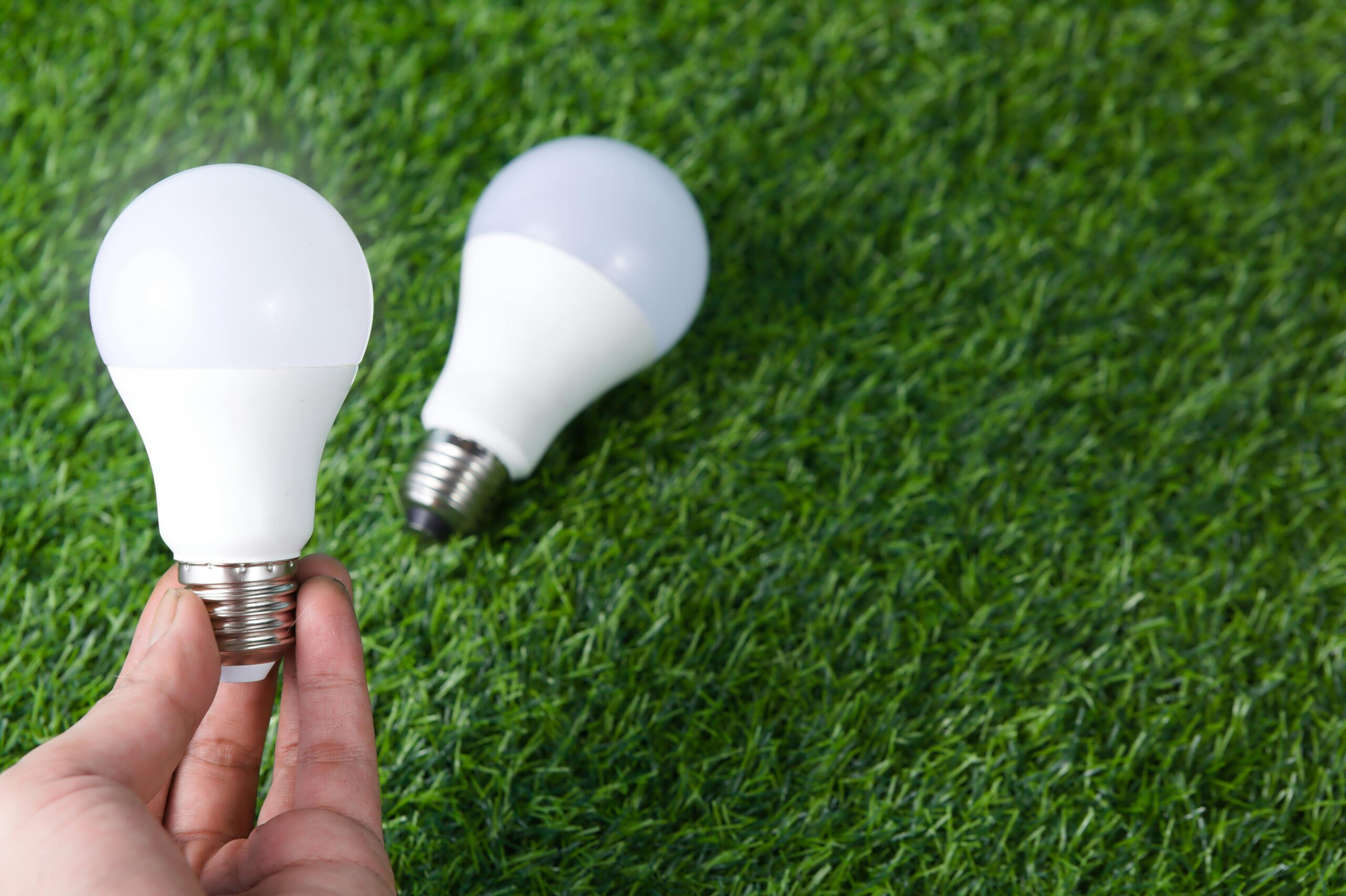Transforming your home with smart lighting solutions offers convenience, enhanced ambiance, and significant energy savings. Modern smart lighting systems have evolved far beyond simple on/off functionality to include remote control capabilities, vibrant color-changing options, and seamless integration with home automation systems. These intelligent technologies allow homeowners to create perfect lighting scenarios for any occasion while simultaneously reducing electricity consumption. In this article, we’ll explore the various smart lighting options available today and how they can revolutionize your home’s lighting experience.
Understanding Smart Lighting Basics
Smart lighting solutions for the home represent a significant advancement in residential illumination technology. At their core, these systems consist of smart LED bulbs, intelligent switches, and control hubs that communicate wirelessly with your devices and each other. Unlike traditional lighting, smart lighting offers programmable features that adjust to your lifestyle and preferences. Many systems operate via Wi-Fi, Bluetooth, or specialized protocols like Zigbee or Z-Wave, creating a network of responsive lighting throughout your home. This foundation enables functionalities such as remote operation through smartphone apps, automated scheduling, and dynamic light adjustments based on time of day or occupancy, fundamentally changing how we interact with our home environments.
The Compelling Benefits of Smart LED Bulbs
The adoption of smart LED bulbs brings numerous advantages to modern households. First and foremost, these bulbs consume significantly less energy than incandescent or even standard LED options, potentially reducing lighting-related electricity usage by up to 80%. The benefits of smart LED bulbs extend far beyond energy efficiency, however. Their extended lifespan—often 15,000 to 25,000 hours—translates to years of service before replacement becomes necessary. Many models offer precise dimming capabilities without the flickering associated with traditional dimmer switches, allowing for perfect lighting levels in any situation. Additionally, smart bulbs eliminate the need for physical interaction, reducing wear on switches and allowing for control even when you’re away from home. For families with mobility challenges, this remote functionality transforms accessibility and independence around the home.
Creating Atmosphere with Color Changing Smart Lights
One of the most appealing features of advanced lighting systems is the ability to transform spaces through color. Color changing smart lights offer virtually unlimited possibilities for customizing your home’s ambiance. These versatile bulbs typically provide the full RGB spectrum plus various white light temperatures, from warm candlelight tones to crisp daylight hues. This flexibility allows homeowners to match lighting to different activities—cooler, energizing light for productive tasks and warmer, relaxing tones for evening unwinding. Many systems include preset scenes for different occasions like dinner parties, movie nights, or relaxation sessions. Some color changing smart lights even synchronize with music or television content, creating immersive entertainment experiences. For seasonal celebrations, these lights can transform your home with festive colors without additional decorations, making them both practical and entertaining investments for the modern home.
The Convenience of Voice Control Lighting
Among the most transformative aspects of smart lighting is the introduction of voice control capabilities. Voice control lighting systems pair seamlessly with popular digital assistants like Amazon Alexa, Google Assistant, and Apple HomeKit, enabling hands-free operation throughout your home. This technology proves particularly valuable when entering rooms with full hands, during middle-of-the-night bathroom trips, or for individuals with mobility limitations. Common voice commands can adjust brightness levels, change colors, or control specific rooms or zones within your home. Many systems recognize natural language instructions like “dim the lights for movie time” or “turn on cooking mode in the kitchen,” making interaction intuitive and accessible for all household members. This hands-free convenience represents one of the most appreciated aspects of modern smart home technology, streamlining daily routines and enhancing quality of life.
Maximizing Energy Saving Smart Lights
The environmental and financial benefits of energy saving smart lights make them increasingly popular among eco-conscious and budget-minded homeowners. These systems utilize several strategies to reduce consumption, including motion sensors that automatically switch off lights in unoccupied rooms and daylight sensors that adjust brightness based on natural light availability. Scheduling capabilities allow lights to operate only during necessary periods, while geofencing functions can automatically manage lighting based on whether household members are home. Many systems provide energy monitoring through companion apps, offering insights into consumption patterns and potential savings opportunities. Over time, these energy-efficient features can significantly reduce electricity bills while extending bulb lifespan. When selecting a professional for installation, consider consulting with qualified electricians specializing in smart home technologies through platforms like AskHomey, where you can find vetted professionals familiar with the latest energy-saving lighting solutions.
Smart Lighting Implementation Considerations
Before investing in a comprehensive smart lighting system, several factors merit consideration. Compatibility with existing home automation platforms should be prioritized to ensure seamless integration. Evaluate whether your preferred solution requires a dedicated hub or operates independently, as this affects both installation complexity and expandability. Network reliability is crucial for consistent performance, particularly in larger homes. Smart switches may offer advantages over individual bulbs in fixtures containing multiple lights, providing both traditional physical control and smart functionality. For renters or those hesitant about electrical modifications, plug-in smart switches and lamps offer non-permanent alternatives. While professional installation ensures optimal performance and safety, many systems are designed for straightforward DIY setup, making smart lighting accessible regardless of technical expertise.
For more tips and to connect with reliable home service professionals, follow AskHomey on Facebook and Instagram.



